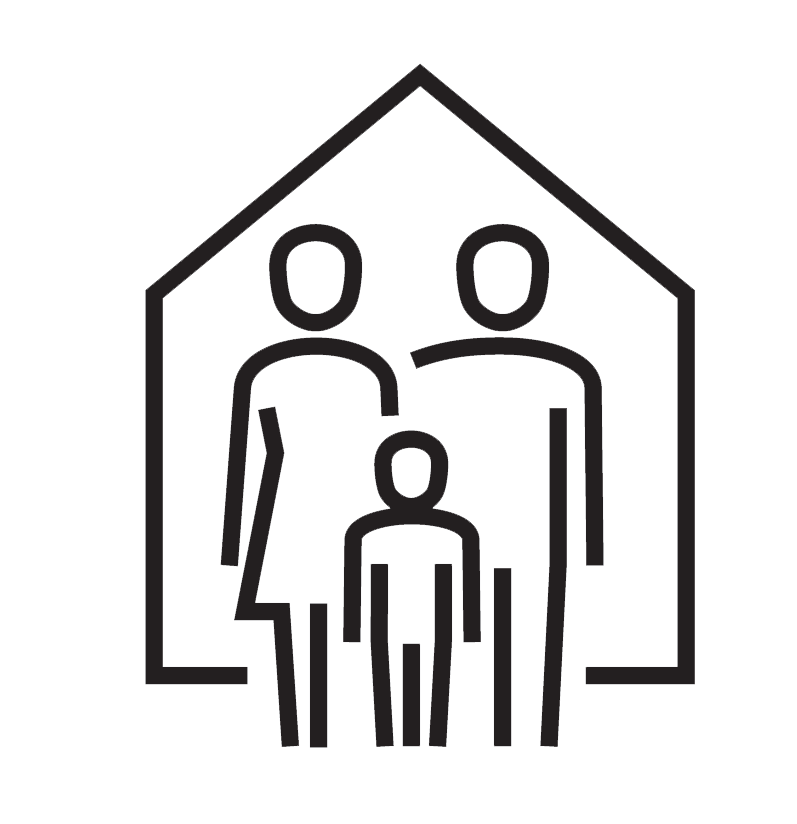Households

Median Income
When all the household earnings are lined up from highest to lowest, the median represents the income of the middle household. This graph shows the range of income disparities that exists by town in the state.
In Connecticut, median household income is about (about $83,572 Median household income in 2021 dollars, 2017-2021). It is represented by the horizontal line.
Cost-burdened Households
Percent of Households in Each Town
Households are considered cost-burdened if they spend over 30% of their income on housing costs.
Unemployment
Unemployment rates provide some idea of whether people are actively working.
There are 1,932,463 people that are considered in the labor force. Of those,
about 1,851,993 are employed, and 80,470 (4.2%) are unemployed.
Single-Parent Families

Households with one parent are at a disadvantage in a few ways when compared with two-parent households. There are fewer earners which means less income to spend on basic needs. There is a greater need for childcare to make sure adults can work and childcare comes at a great cost. ACS 2017 - 2021 data below.
27%
or 243,480 families in Connecticut are single-parent
Hartford and New Haven have some of the highest single-parent family rates in Connecticut, both exceeding 50%.
Roxbury's rate is at 9%.
61%
of families in Hartford are single-parent
 This data story was developed with support from the CONNECTing Children and Families to Care,
a statewide initiative to create a partnership between families, state agencies, and
service providers at the local, regional, and state levels. To learn more about this project,
watch a
This data story was developed with support from the CONNECTing Children and Families to Care,
a statewide initiative to create a partnership between families, state agencies, and
service providers at the local, regional, and state levels. To learn more about this project,
watch a